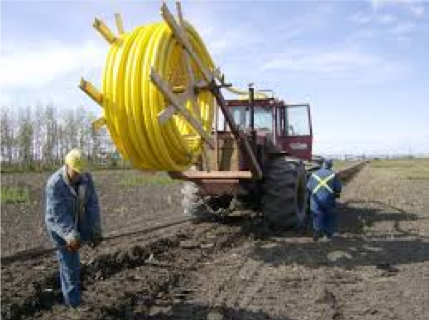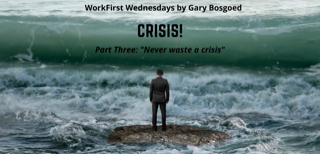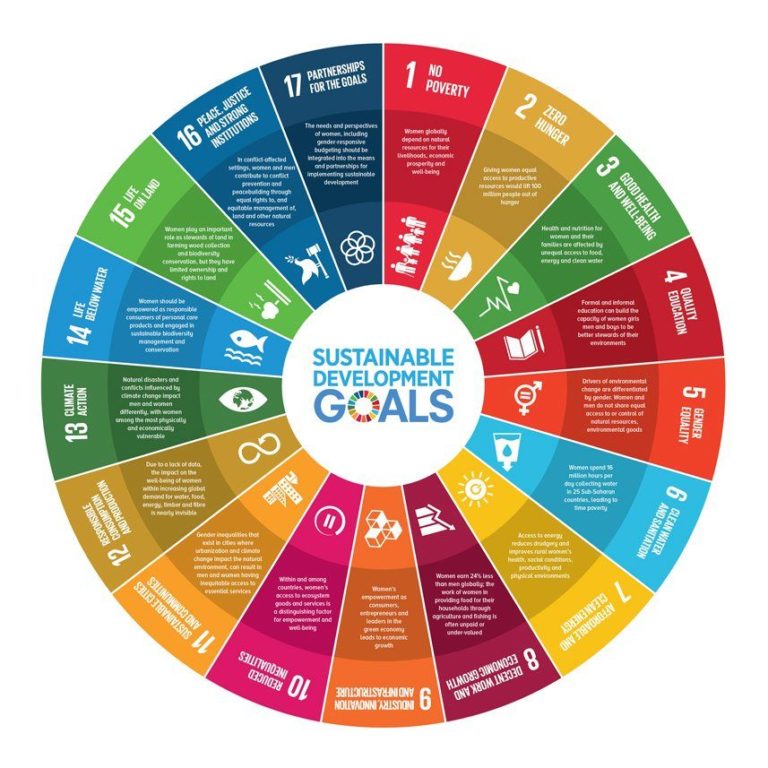You may view your industrial projects as being too technical and complicated to introduce an Indigenous workforce. Perhaps your team has not been trained in Indigenous engagement and you simply don’t know how to start. In 1992, we were in the exact same place and this is the story of how we changed.
In previous years, we had delivered many natural gas distribution projects, with several of those in the vicinity of First Nations communities. I inquired with the gas company if we could include these communities in our projects. Unfortunately, at that time, the federal government was not able to fund them. Years passed and eventually reserve gasification was funded.
A gas utility had begun this work and had asked contractors to employ Band members. I was invited to meet with the CEO of the gas utility, who told me that they were only getting 5% to 7% First Nations participation on the reserve gas projects. Given that I had worked on natural gas transmission, distribution and telecommunications projects for a decade, he had called me in to provide them with advice. He asked, “What percentage of First Nations people should these projects have?” I thought about the content of the construction crew; the superintendent, foremen, equipment operators, and labourers. I knew that field leaders were rare, but felt confident that operators and labourers were plentiful.
My answer to the CEO was, “Eighty percent.”
Three weeks later, I was invited back to meet the CEO again. They had been reviewing the eighty percent suggestion. Their contractors had told them that the work was too complex, and the eighty percent goal was impossible. So, they asked if my company would be interested in delivering on that target ourselves. They also suggested that we offer design-build contracting for one construction season. In that moment, I wished that I had kept my big mouth shut, as it greatly increased our risk profile. As an engineer and project manager, I thought that I understood the risk that contractors take in terms of; surety, financing, schedule, work breakdown, cost control, safety and quality. When faced with this unplanned switch to becoming a contractor, I realized how theoretical my knowledge was and how little I really knew.
As an entrepreneur, I could see the opportunities for our business and for the First Nations communities, so I decided to take it back to our team. We brought in a Certified Risk Manager, held risk sessions, and crafted mitigation strategies such as contracting capacity, bonding, insurance adjustments, clear specifications and augmenting our team. I went back to the gas company a few days later with a willingness to move forward with a contract.
With the support of the gas company and the First Nations we had a successful season. As the lowest cost solution, we continued with reserve gasification projects for several years employing hundreds of First Nations people. Those stories are still coming on future WorkFirst Wednesdays.
Why did this work? There are many reasons, but it started with the gas company itself. Their leadership was in full support. Years earlier, they had brought in a senior Indigenous executive, and located her in the office next to the CEO. She was very knowledgeable, committed and an excellent persuasive communicator. More importantly, they listened to her. They believed that the design, technology and construction could be taught to Indigenous people, but relationships with First Nations came first. The CEO, executives and engineers visited every First Nation for meetings, volleyball challenges and sponsoring and participating in feasts with community members. Their philosophy was not “if” but “how” to work with the First Nation. That attitude made all the difference.
These projects changed my approach to project delivery and ultimately became the foundation of WorkFirst. We realized that we had something that could be applied to EVERY project, no matter how complex; that First Nations people could do anything.
This was our journey at BPC, and we would love to hear about yours. Please share your stories with us. Stay safe, and we’ll be back next week!
~ Gary and the staff at BPC
Share this post
Share on facebook
Share on google
Share on twitter
Share on linkedin
Share on pinterest
Share on print
Share on email
You may view your industrial projects as being too technical and complicated to introduce an Indigenous workforce. Perhaps your team has not been trained in Indigenous engagement and you simply don’t know how to start. In 1992, we were in the exact same place and this is the story of how we changed.
In previous years, we had delivered many natural gas distribution projects, with several of those in the vicinity of First Nations communities. I inquired with the gas company if we could include these communities in our projects. Unfortunately, at that time, the federal government was not able to fund them. Years passed and eventually reserve gasification was funded.
A gas utility had begun this work and had asked contractors to employ Band members. I was invited to meet with the CEO of the gas utility, who told me that they were only getting 5% to 7% First Nations participation on the reserve gas projects. Given that I had worked on natural gas transmission, distribution and telecommunications projects for a decade, he had called me in to provide them with advice. He asked, “What percentage of First Nations people should these projects have?” I thought about the content of the construction crew; the superintendent, foremen, equipment operators, and labourers. I knew that field leaders were rare, but felt confident that operators and labourers were plentiful.
My answer to the CEO was, “Eighty percent.”
Three weeks later, I was invited back to meet the CEO again. They had been reviewing the eighty percent suggestion. Their contractors had told them that the work was too complex, and the eighty percent goal was impossible. So, they asked if my company would be interested in delivering on that target ourselves. They also suggested that we offer design-build contracting for one construction season. In that moment, I wished that I had kept my big mouth shut, as it greatly increased our risk profile. As an engineer and project manager, I thought that I understood the risk that contractors take in terms of; surety, financing, schedule, work breakdown, cost control, safety and quality. When faced with this unplanned switch to becoming a contractor, I realized how theoretical my knowledge was and how little I really knew.
As an entrepreneur, I could see the opportunities for our business and for the First Nations communities, so I decided to take it back to our team. We brought in a Certified Risk Manager, held risk sessions, and crafted mitigation strategies such as contracting capacity, bonding, insurance adjustments, clear specifications and augmenting our team. I went back to the gas company a few days later with a willingness to move forward with a contract.
With the support of the gas company and the First Nations we had a successful season. As the lowest cost solution, we continued with reserve gasification projects for several years employing hundreds of First Nations people. Those stories are still coming on future WorkFirst Wednesdays.
Why did this work? There are many reasons, but it started with the gas company itself. Their leadership was in full support. Years earlier, they had brought in a senior Indigenous executive, and located her in the office next to the CEO. She was very knowledgeable, committed and an excellent persuasive communicator. More importantly, they listened to her. They believed that the design, technology and construction could be taught to Indigenous people, but relationships with First Nations came first. The CEO, executives and engineers visited every First Nation for meetings, volleyball challenges and sponsoring and participating in feasts with community members. Their philosophy was not “if” but “how” to work with the First Nation. That attitude made all the difference.
These projects changed my approach to project delivery and ultimately became the foundation of WorkFirst. We realized that we had something that could be applied to EVERY project, no matter how complex; that First Nations people could do anything.
This was our journey at BPC, and we would love to hear about yours. Please share your stories with us. Stay safe, and we’ll be back next week!
~ Gary and the staff at BPC




